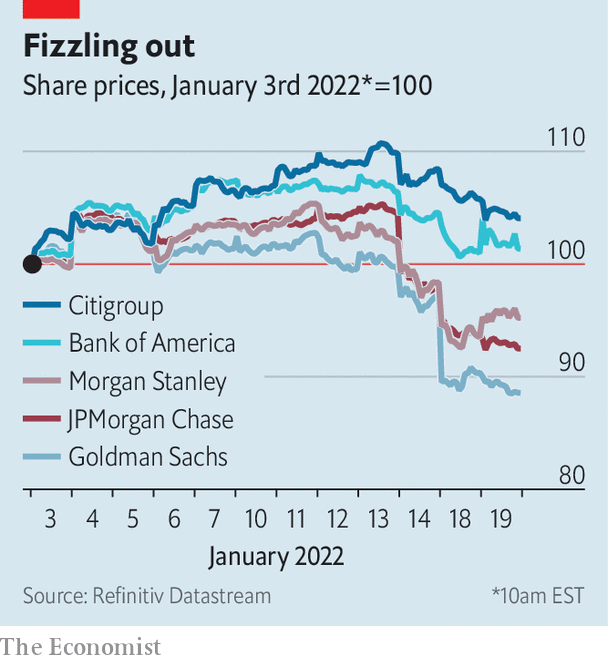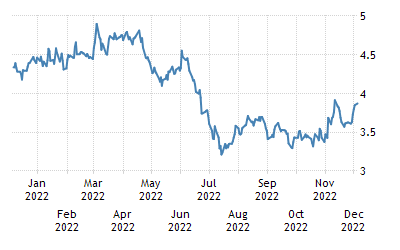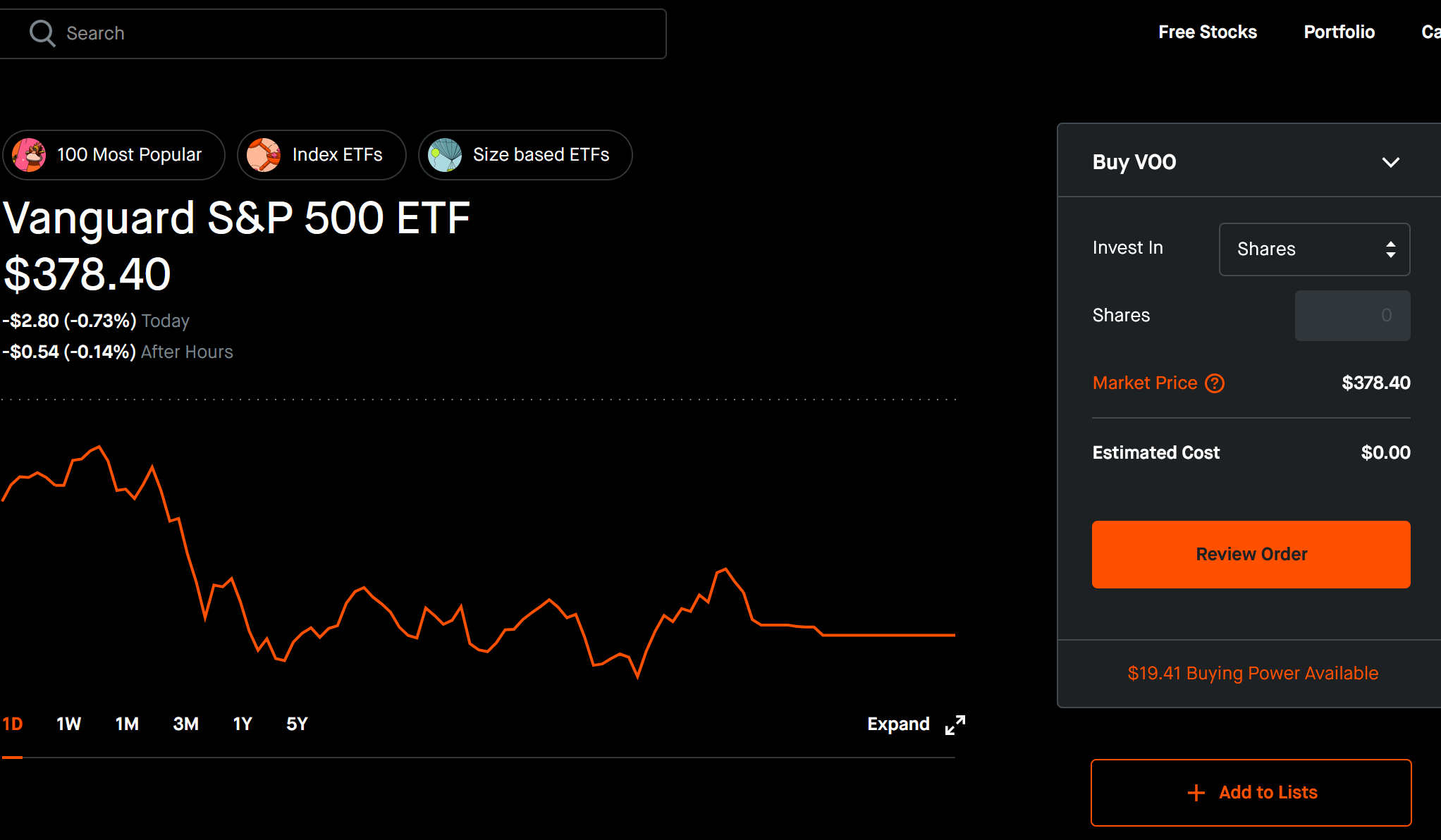
A 2-for-1 or 3-for-1 stock split transforms shares of common stock up to twenty (20) into one (1) share. Most commonly, the ratios are two-for-1 or three-for-1. Let's look at these different types of split ratios, and how they affect the price of a company's stock. A split ratio can be used to increase the value of a stock, without devaluing it.
Shares of Common Stock up to and including twenty (20) into one (1) share
Doral will trade its common stock on NYSE starting July 2013. A reverse stock split means that each issue and outstanding share of Doral stock will be combined to create one (1) new share. The total number of issued shares will decrease by approximately 134.0 million shares, while the total number of authorized shares will be proportionally reduced by fifteen million shares. Doral's stock will trade on the NYSE as "DORAL" following this reorganization.

Holders of Class B and Class A preferred stock will receive Company shares. The Company will issue a certificate to the Series A Preferred Stock Holder indicating the number of shares of Common Stock that they have received upon conversion. However, the Company will not be required to pay dividends to holders of Series A Preferred Stock until the Dividend Payment Date is after the date of the conversion.
The most common split ratios are 2-for-1, 3-for-1.
Stock splits are a way for publicly traded companies to give additional shares to shareholders. This procedure increases the number of outstanding shares by a specific multiple. The shares' total value remains the same. The company's value is not affected by a stock split, unlike a merger and stock sale. Common split ratios include 2-for-1 and 3-for-1. There are also other variations.
Most commonly, a stock split is a 2:1 ratio. If shareholders approve, other ratios such as 10-for-1 and three-for-1 may be used. Stock splits are most commonly done at 2:1. However, other ratios such as 10:1 or 3:1 may also be used with shareholder approval. These ratios make it easy to apply and understand. As a result, each stock holder will receive an additional 50 shares.
Stock price impact on company stock
For companies looking to increase shares' value, a stock split has a major impact. It reduces the value of each share of stock and makes it easier to make investments in the company. Additionally, it gives current stockholders more options to buy shares. The company's stock will be worth more if there are more buyers. Stock prices will not be the same, however.

One of the biggest benefits of a stock division is that it lowers company shares' prices. This makes them more affordable and accessible to smaller investors. Some companies have incredibly high share prices, discouraging small investors from buying stock. Divide the shares and the stock price will rise. It may also make a company more attractive to potential new hires.
FAQ
How Share Prices Are Set?
Investors set the share price because they want to earn a return on their investment. They want to make money from the company. They purchase shares at a specific price. The investor will make more profit if shares go up. If the share value falls, the investor loses his money.
An investor's primary goal is to make money. This is why investors invest in businesses. They are able to make lots of cash.
How can I select a reliable investment company?
You want one that has competitive fees, good management, and a broad portfolio. The type of security that is held in your account usually determines the fee. While some companies do not charge any fees for cash holding, others charge a flat fee per annum regardless of how much you deposit. Others may charge a percentage or your entire assets.
It's also worth checking out their performance record. You might not choose a company with a poor track-record. Avoid companies that have low net asset valuation (NAV) or high volatility NAVs.
Finally, you need to check their investment philosophy. To achieve higher returns, an investment firm should be willing and able to take risks. If they are not willing to take on risks, they might not be able achieve your expectations.
What is the role of the Securities and Exchange Commission?
Securities exchanges, broker-dealers and investment companies are all regulated by the SEC. It enforces federal securities laws.
How are securities traded?
The stock market is an exchange where investors buy shares of companies for money. To raise capital, companies issue shares and then sell them to investors. Investors can then sell these shares back at the company if they feel the company is worth something.
The price at which stocks trade on the open market is determined by supply and demand. If there are fewer buyers than vendors, the price will rise. However, if sellers are more numerous than buyers, the prices will drop.
You can trade stocks in one of two ways.
-
Directly from the company
-
Through a broker
What is the difference in marketable and non-marketable securities
The main differences are that non-marketable securities have less liquidity, lower trading volumes, and higher transaction costs. Marketable securities can be traded on exchanges. They have more liquidity and trade volume. They also offer better price discovery mechanisms as they trade at all times. This rule is not perfect. There are however many exceptions. Some mutual funds, for example, are restricted to institutional investors only and cannot trade on the public markets.
Marketable securities are more risky than non-marketable securities. They usually have lower yields and require larger initial capital deposits. Marketable securities tend to be safer and easier than non-marketable securities.
For example, a bond issued in large numbers is more likely to be repaid than a bond issued in small quantities. Because the former has a stronger balance sheet than the latter, the chances of the latter being repaid are higher.
Because they can make higher portfolio returns, investment companies prefer to hold marketable securities.
What is a fund mutual?
Mutual funds are pools or money that is invested in securities. Mutual funds offer diversification and allow for all types investments to be represented. This helps reduce risk.
Mutual funds are managed by professional managers who look after the fund's investment decisions. Some funds offer investors the ability to manage their own portfolios.
Mutual funds are preferable to individual stocks for their simplicity and lower risk.
Why are marketable securities Important?
An investment company exists to generate income for investors. It does so by investing its assets across a variety of financial instruments including stocks, bonds, and securities. These securities are attractive because they have certain attributes that make them appealing to investors. They are considered safe because they are backed 100% by the issuer's faith and credit, they pay dividends or interest, offer growth potential, or they have tax advantages.
What security is considered "marketable" is the most important characteristic. This refers to how easily the security can be traded on the stock exchange. A broker charges a commission to purchase securities that are not marketable. Securities cannot be purchased and sold free of charge.
Marketable securities include corporate bonds and government bonds, preferred stocks and common stocks, convertible debts, unit trusts and real estate investment trusts. Money market funds and exchange-traded money are also available.
These securities can be invested by investment firms because they are more profitable than those that they invest in equities or shares.
Statistics
- Even if you find talent for trading stocks, allocating more than 10% of your portfolio to an individual stock can expose your savings to too much volatility. (nerdwallet.com)
- Individuals with very limited financial experience are either terrified by horror stories of average investors losing 50% of their portfolio value or are beguiled by "hot tips" that bear the promise of huge rewards but seldom pay off. (investopedia.com)
- US resident who opens a new IBKR Pro individual or joint account receives a 0.25% rate reduction on margin loans. (nerdwallet.com)
- Our focus on Main Street investors reflects the fact that American households own $38 trillion worth of equities, more than 59 percent of the U.S. equity market either directly or indirectly through mutual funds, retirement accounts, and other investments. (sec.gov)
External Links
How To
How to make a trading program
A trading plan helps you manage your money effectively. It helps you understand your financial situation and goals.
Before you create a trading program, consider your goals. You may want to make more money, earn more interest, or save money. If you're saving money you might choose to invest in bonds and shares. If you are earning interest, you might put some in a savings or buy a property. And if you want to spend less, perhaps you'd like to go on holiday or buy yourself something nice.
Once you decide what you want to do, you'll need a starting point. This depends on where you live and whether you have any debts or loans. It is also important to calculate how much you earn each week (or month). Income is what you get after taxes.
Next, you will need to have enough money saved to pay for your expenses. These include rent, food and travel costs. Your monthly spending includes all these items.
Finally, you'll need to figure out how much you have left over at the end of the month. This is your net income.
Now you've got everything you need to work out how to use your money most efficiently.
To get started with a basic trading strategy, you can download one from the Internet. You can also ask an expert in investing to help you build one.
Here's an example spreadsheet that you can open with Microsoft Excel.
This is a summary of all your income so far. Notice that it includes your current bank balance and investment portfolio.
And here's a second example. This was created by a financial advisor.
It shows you how to calculate the amount of risk you can afford to take.
Don't try and predict the future. Instead, think about how you can make your money work for you today.